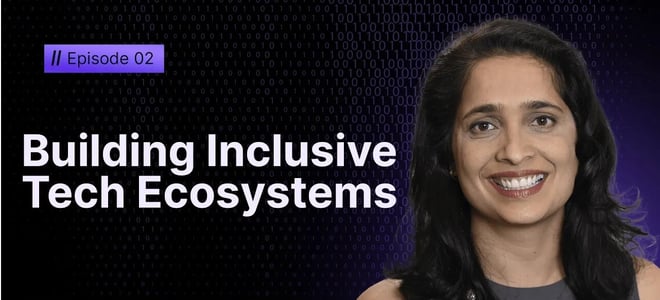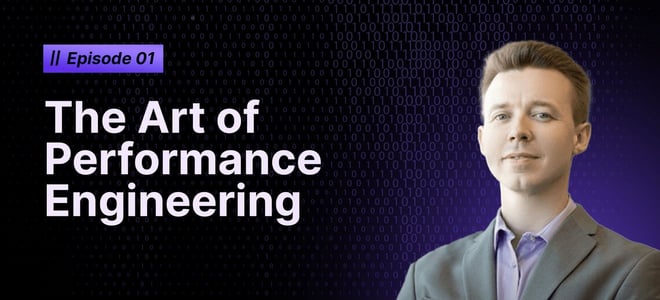Two weeks ago, I became an AWS Certified Solutions Architect (Associate).
If you are also thinking about becoming certified, this post will help you out. This certificate is intended to verify someone’s skills and expertise in designing, deploying and operating applications and infrastructure on the AWS platform.
Of course, having hands-on experience is the most crucial here, but I will also guide you through other resources that will prepare you for the exam.
AWS Certification Explained
First, it’s worth noting that AWS provides three kinds of certifications:
- AWS Certified Solutions Architect
- AWS Certified Developer
- AWS Certified SysOps Administrator
Besides those, every certification has two levels: Associate and Professional. It’s important to know that having an Associate level certificate is required for attending the Professional level exam.
I decided to start with the Solution Architect certificate as it seems to be a good foundation for other certificates and, more than anything, is about architecture rather than implementation.
The Exam
The exam takes place in one of their on-site testing centers. It consists of 60 questions (sometimes multiple responses) that have to be answered in 80 minutes, with a minimum passing score of 65%.
Based on my experience, there are no trick questions, and most of the questions only have one possible answer. The time limit is absolutely sufficient as I answered all questions in less than half of that time. Besides questions related to details of single service, most of the questions were scenario based where some set of services were used to solve a business case.
The exam is divided into 4 sections:
- Designing highly available, cost efficient, fault tolerant, scalable systems (60%)
- Implementation/Deployment (10%)
- Data Security (20%)
- Troubleshooting (10%)
lThe first section is essential for the exam. This is where you can find questions about building modern cloud-based systems using AWS. Questions in this section use real-world examples to introduce a problem that has to be solved.
Implementation/Deployment and Troubleshooting are the easiest questions as they mainly ask about basic facts or problems that you’re already familiar with after a few months of using AWS.
I found Data Security questions to be the most problematic and it’s worth noting that you need to have a good understanding of security processes described in the whitepaper (more about that below).
More details about each requirement for a section can be found in the Exam Blueprint.
7 essential resources for AWS certification
- Sample exam – I would recommend taking the sample exam questions to get a general overview of what kind of exam this is. There are blog posts online explaining those questions.
- Official preparation site – Go through the Prepare for AWS Certification site. Some things from there are more important, some are less important. In the following points, I will emphasize what is crucial based on what I saw on the exam.
- Hands-on practice – As I wrote earlier, most of the questions are scenario based, which means that hands-on experience is the most important for passing the exam. In my case, I’ve had more than two years in AWS and OpenStack.Of course, in most cases, AWS users don’t use every AWS service on a day-to-day basis, but that’s why it’s worth taking online labs or online courses that will guide you through services that you haven’t seen. Personally, I can highly recommend the courses that I took and the one that looks the most recommended by others: Udemy’s A Cloud Guru online course, which is prepared specifically for this exam. As some of the lectures are obvious, this course provides a comprehensive guide through topics that are tested on the exam.
- Whitepapers – The most important whitepaper to read is Overview of Security Processes. It’s a must-read, as it covers one of the exam’s sections. The second whitepaper that I found useful is Storage Options in the AWS Cloud, as it provides patterns and anti-patterns for every storage service on AWS.
- FAQ – The official preparation site provides a list of FAQ that are worth reading. Nothing to add here. In most cases, it’s just a revision.
- Documentation – There is a lot of documentation about AWS services, some of which you have probably read. But it’s worth reading the detailed documentation of a topic that you feel you should know better.
- Practice exam – I personally think that this can be avoided. Most questions are very similar to what you can find on various sites and courses.
Is it worth it?
It took me exactly one month (from the idea to taking the exam) and $170 ($150 for the exam, $20 for the practice exam) to become certified in one of the most important technologies currently.
I found it a great way to review my knowledge about AWS. It also helped me to better understand how AWS works internally, especially in terms of security. Additionally, I acquainted myself with services that I completely wasn’t aware of like AWS Import/Export.
So is it worth the time and money? Absolutely! Click here to learn more about AWS Certification and get started on your journey.



